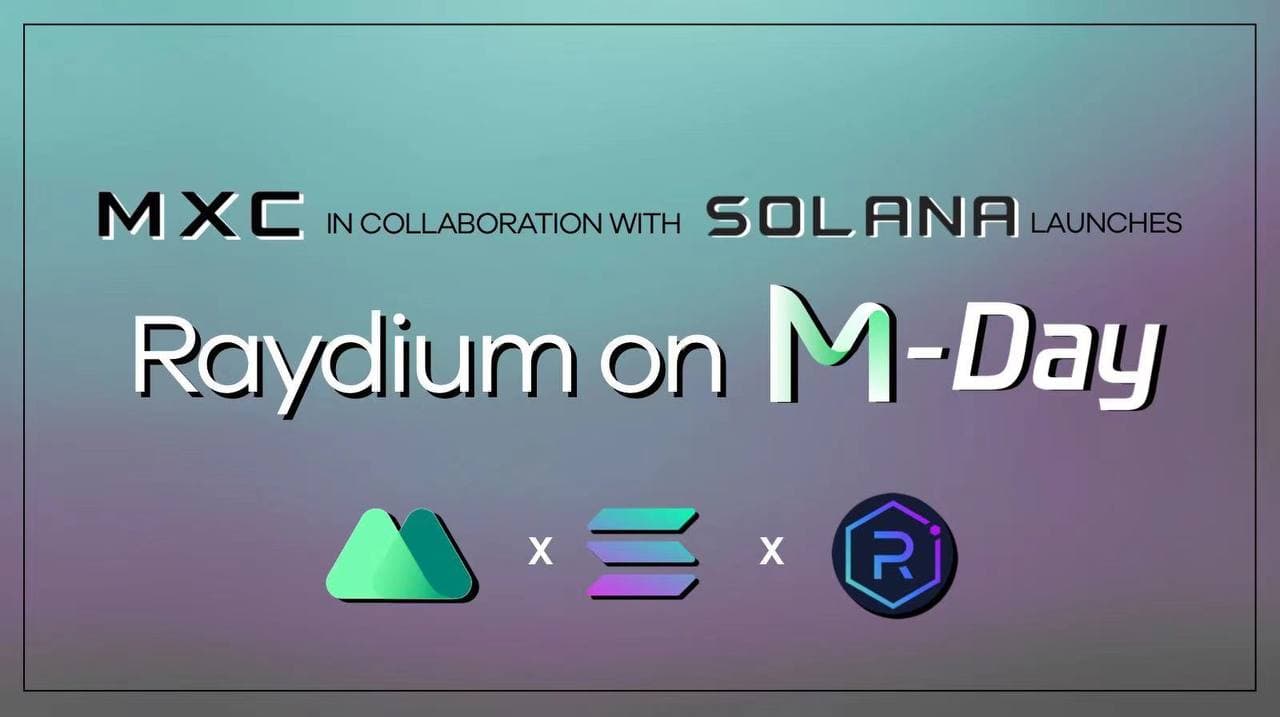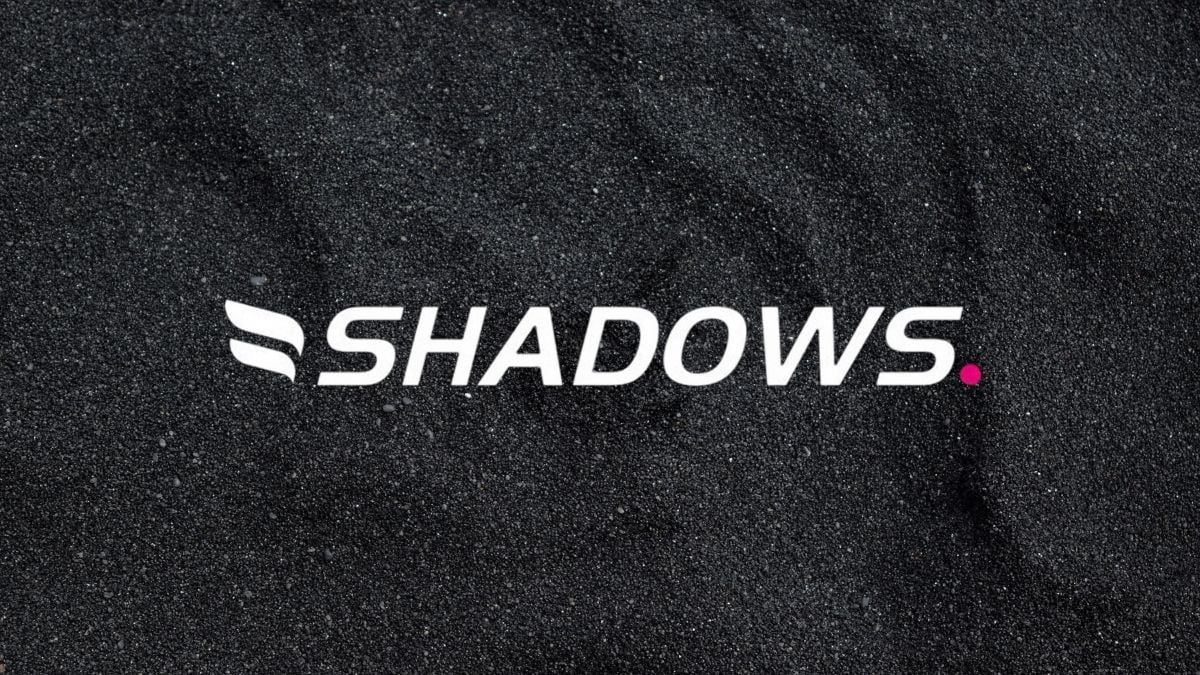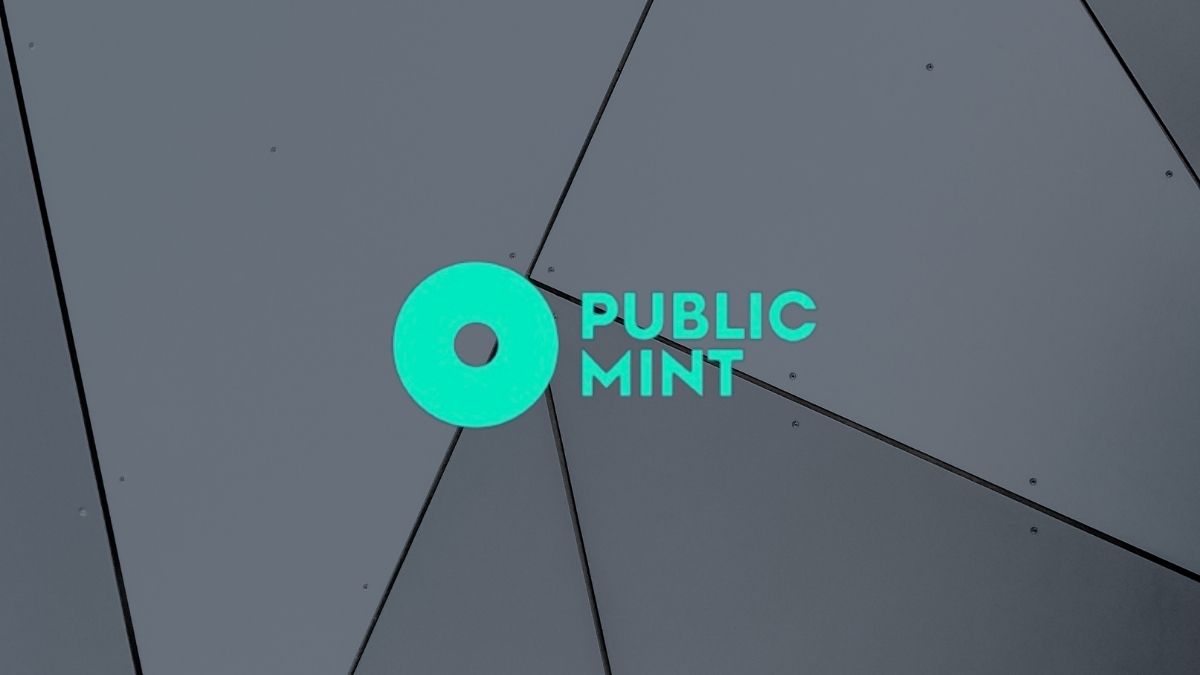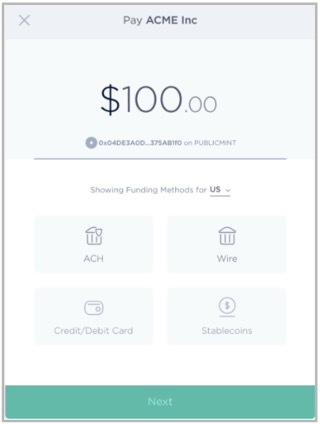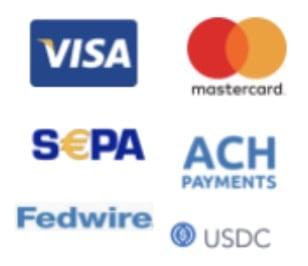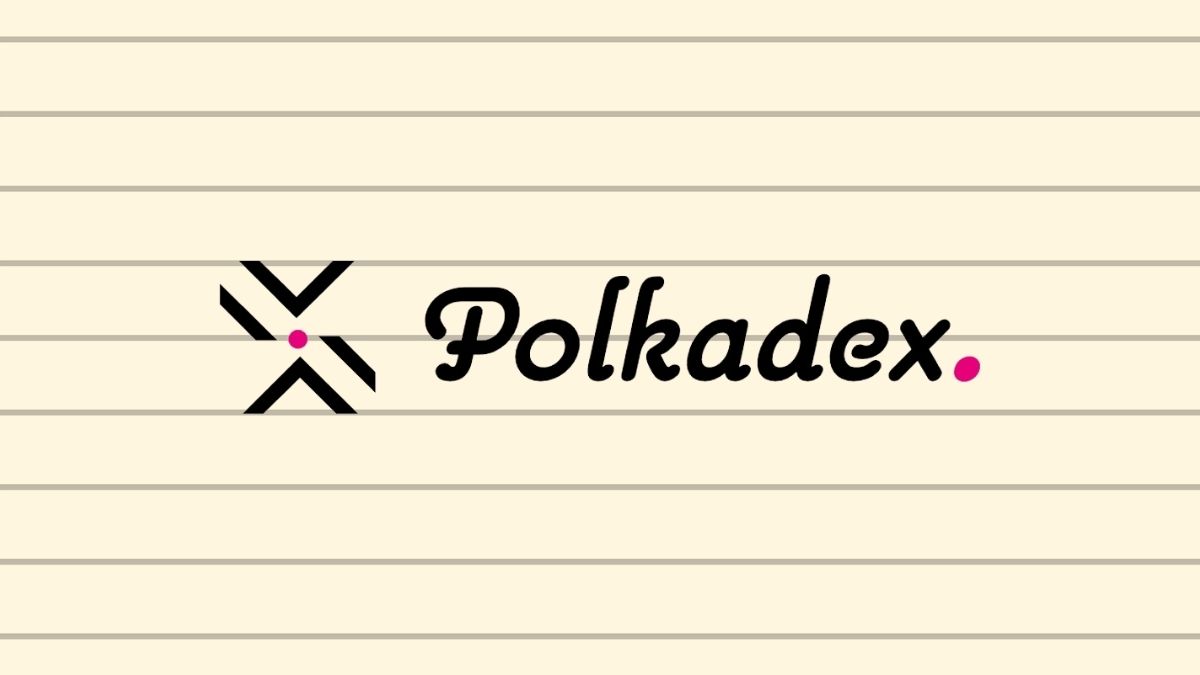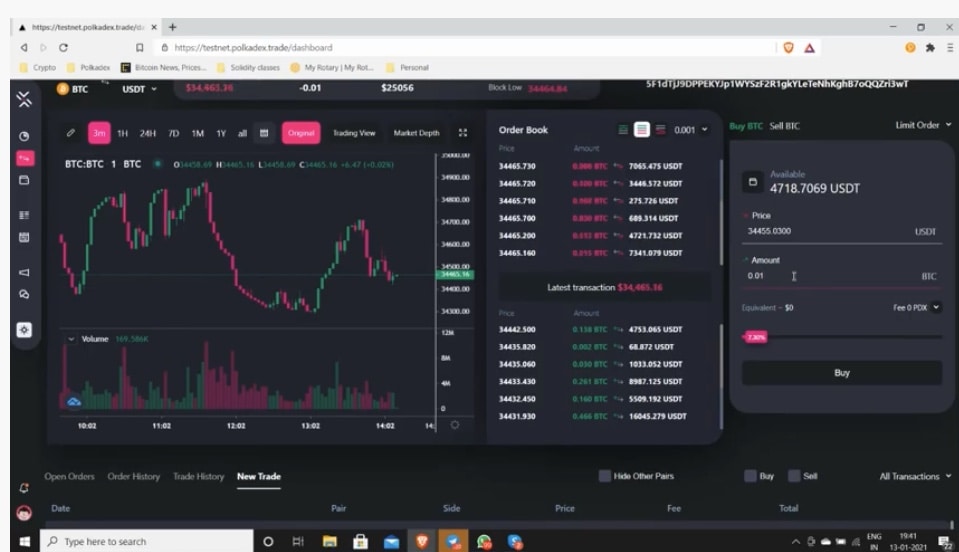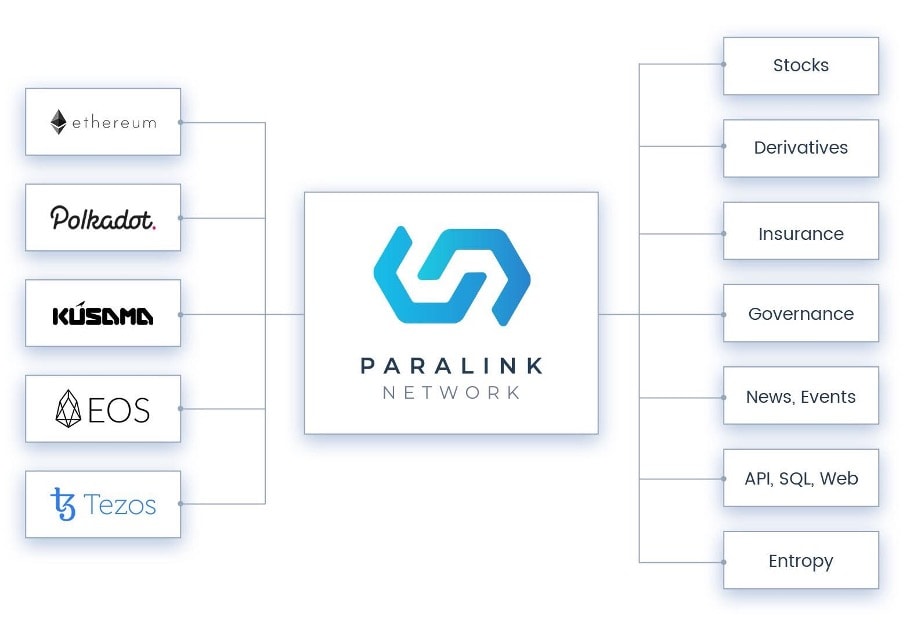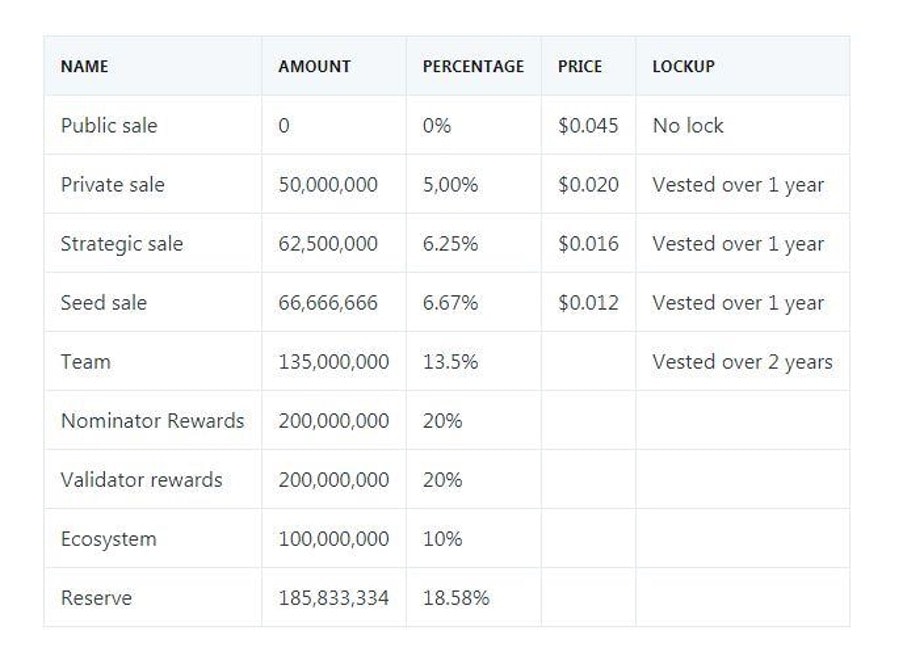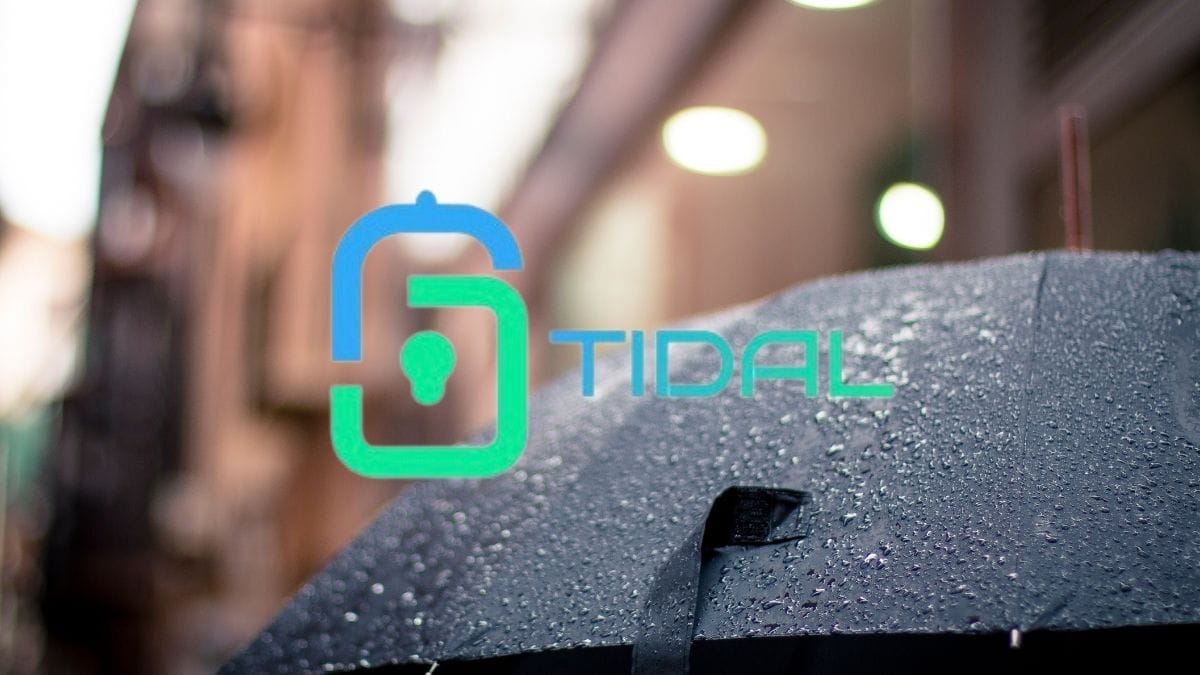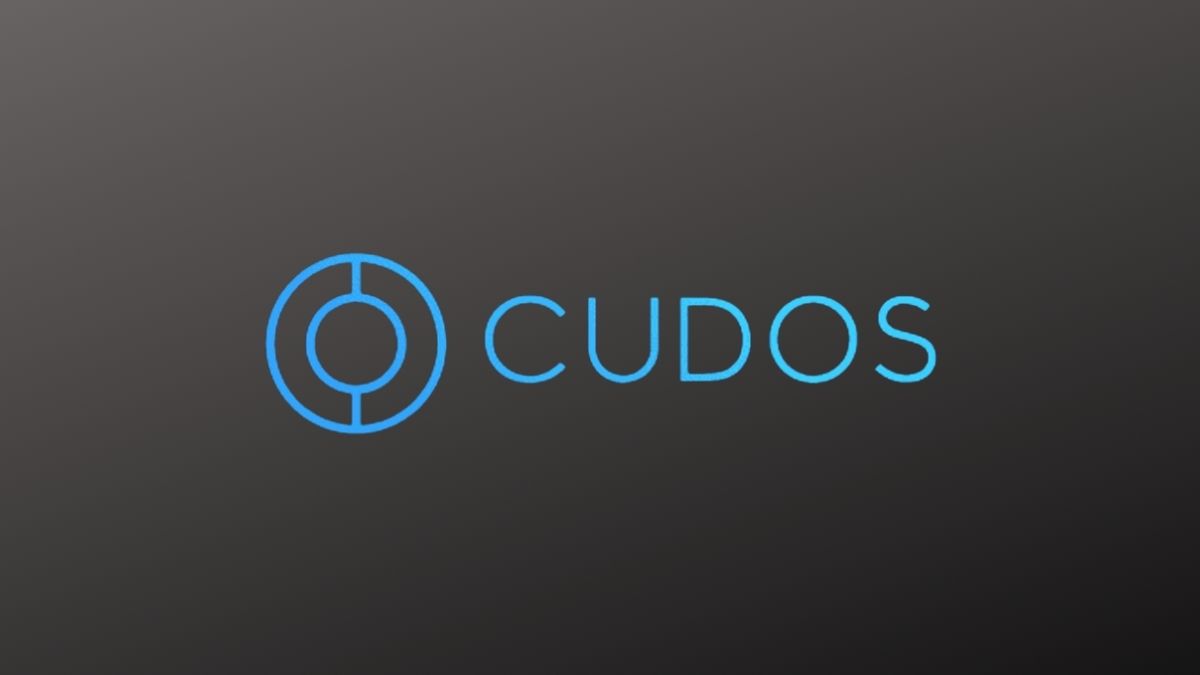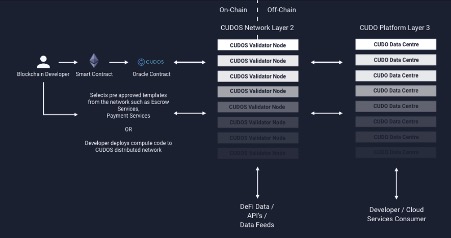Uniswap v3 is targeting to launch on 5 May 2021 on an L1 Ethereum mainnet, L2 deployment on Optimism is expected to follow shortly afterwards.
Learn how to use Uniswap with our Uniswap review and tutorial: beginners guide and advanced tips and tricks.

Since the inception of distributed ledger technologies (DLT), the idea that no single entity controls the ecosystem has been at the center of decentralized finance(DeFi) growth and development. The introduction of automated market makers (AMMs) to blockchain systems expanded that idea by resolving liquidity challenges early DeFi pioneers faced.
As of today, AMMs are the primary way to trade digital assets within the DeFi sphere, allowing users to create liquidity pools, which incentivize liquidity providers (LPs) to supply pools with tokens or assets. Therefore, the more assets a pool has the more liquidity within that pool increases, which makes crypto trading easier.
Powered by a constant product formula, the AMM protocol has reached new heights under Uniswap’s pioneering technology, which has become the most popular AMM model in the DeFi space.
Background
Uniswap is a decentralized exchange (DEX) running on the Ethereum blockchain. Its revolutionary technology was first introduced in 2018 through the company’s first iteration, Uniswap v1. Uniswap v1 is an on-chain system of smart contracts on the Ethereum blockchain, implementing an automated liquidity protocol based on a “constant product formula”.
Uniswap v1 was the first of its kind, a type of exchange where anyone can pool assets into shared market-making strategies. The v1 protocol allowed users to create a liquidity pool with any pair of ERC-20 assets, ensuring the constant (K) that the product of the reserves (X and Y) cannot decrease as shown in “the constant product formula”.
Two years later, the ambitious Uniswap team again disrupted the international DeFi ecosystem with Uniswap v2, a better and new implementation of the Uniswap algorithm based on the same formula, with new highly-desirable optimizations, setting the stage for exponential growth in AMM adoption.
V2 enabled the creation of ERC-20 to ERC20 liquidity pools in addition to the previous ERC20 to ETH pools within the DEX, which facilitated over $135 billion in trading volume, becoming the top cryptocurrency exchange in the world.
Uniswap has inevitably become one the most popular platform on the Etherum blockchain. The platform’s unique infrastructure for DeFi has empowered developers, traders, and liquidity providers to engage in a secure and powerful financial marketplace.
Despite the astonishing success of v1 and v2, the pioneering Uniswap team seeks to make even more history with the recent introduction of Uniswap v3.
What is Uniswap V3?
Uniswap v3 is a noncustodial automated market maker implemented for the Ethereum Virtual Machine. In comparison to earlier versions of the protocol, Uniswap v3 provides increased capital efficiency and fine-tuned control to liquidity providers, as well as improves the accuracy and convenience of its price oracle, with a more flexible fee structure.
LPs now can provide liquidity with 4000x capital efficiency relative to Uniswap v2, earning higher returns on their capital. The new v3 implementations demonstrate that the Uniswap team values capital efficiency and its ability to pave the way for low-slippage trade execution, surpassing both centralized spot exchanges and stablecoin-focused AMMs.
Based on the same constant product formula as earlier versions of the protocol, LPs will have better control over price ranges in which their capital is used, with limited effect on liquidity fragmentation and gas inefficiency.
Additionally, v3 introduces a multiple fee tiers system, where LPs will be duly compensated for taking on varying degrees of risk. This version of the Ethereum-based algorithm seeks to be the most flexible and efficient AMM ever conceived by focusing on the importance of liquidity providers in the DeFi sphere.
Under v3 new features, LPs will benefit from increased exposure to favored assets and lower their downside risk, granting them the ability to sell one asset for another by adding liquidity to a price range entirely above or below the market price, approximating a fee-earning limit order that executes along a smooth curve.
Furthermore, v3 platform oracles are better and far more efficient than previous versions, as they are easier and cheaper to integrate providing time-weighted average prices (TWAPS) on demand for any period within the last 9 days, bypassing the need for integrators to checkpoint historical values.
Overall, Uniswap v3 anticipated groundbreaking innovations, and efficiency is set to impact the DeFi ecosystem in a big way. Despite all the added improvements, the gas cost of v3 swaps on Ethereum mainnet is cheaper than v2, further attesting to the tremendous technological advancements behind the platform.
Uniswap V3 New Features
Concentrated Liquidity
In Uniswap v3, LPs can centralize their capital within custom price ranges, providing greater amounts of liquidity at desired prices, enabling them to build unique price curves reflecting their preferences. This feature gives LPs the power to estimate the shape of automated market makers.
Active Liquidity
This specific feature ensures LPs’ wellbeing in the trading ecosystem. Specifically, when market prices change course and move outside an LPs’ specified price range, their liquidity is effectively removed from the pool and is no longer earning fees. This situation causes the LPs’ liquidity to shift to the less valuable asset while waiting for the market price to bounce back to the specified price range.
However, this concept allows LPs to actively update their price range accounting for the current or market set price range, and start earning trading fees again.
Range Orders
The idea behind the range orders implementation is to enable LPs to deposit a single token in a custom price range above or below the current price: If the market price enters into their specified range, they sell one asset for another along a smooth curve while earning swap fees in the process.
Powered by the concentrated liquidity concept, range orders are set to benefit LPs tremendously as it accounts for wider ranges which are particularly useful for profit-taking, buying the dip, and primary issuance events.
Non-Fungible Liquidity
The v3 protocol guarantees that LPs’ positions are represented by non-fungible tokens (NFTs). Nevertheless, commonly shared positions can be made fungible (ERC-20) via peripheral contracts or bridged protocols.
Flexible Fees
V3 offers users three separate fee tiers per pair of assets, 0.05%, 0.30%, and 1.00%. These options ensure that LPs model their margins according to expected pair volatility as LPs take on more risk in non-correlated pairs like ETH/DAI and, conversely, take on minimal risk in correlated pairs like USDC/DAI
Conclusion
The DeFi space has undoubtedly benefited from the advent of AMMs unique features, which have since given birth to audacious and pioneering platforms like Uniswap. The Uniswap ecosystem provides a complex yet efficient technology that has revolutionized decentralized crypto trading through its distinct implementations of liquidity pools.
From Uniswap v1 to the anticipated v3, users and LPs are presented with a series of improvements that will facilitate the use of decentralized assets and eventually catapult the DeFi ecosystem to ever newer heights.
Disclaimer: Cryptocurrency trading involves significant risks and may result in the loss of your capital. You should carefully consider whether trading cryptocurrencies is right for you in light of your financial condition and ability to bear financial risks. Cryptocurrency prices are highly volatile and can fluctuate widely in a short period of time. As such, trading cryptocurrencies may not be suitable for everyone. Additionally, storing cryptocurrencies on a centralized exchange carries inherent risks, including the potential for loss due to hacking, exchange collapse, or other security breaches. We strongly advise that you seek independent professional advice before engaging in any cryptocurrency trading activities and carefully consider the security measures in place when choosing or storing your cryptocurrencies on a cryptocurrency exchange.







